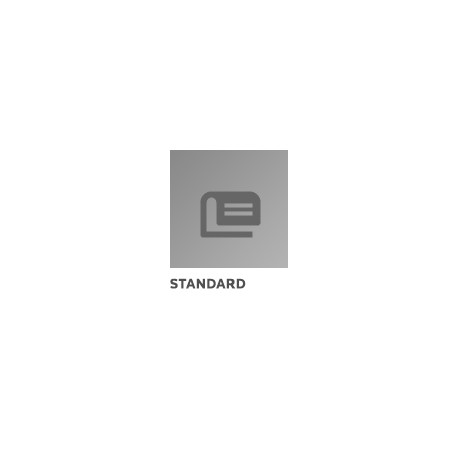Cart
0
Product
Products
(empty)
No products
To be determined
Shipping
$0.00
Total
Product successfully added to your shopping cart
Quantity
Total
There are 0 items in your cart.
There is 1 item in your cart.
Total products
Total shipping
To be determined
Total
New
 View larger
View larger
 View larger
View larger
UL 1283
M00063388
New product
UL 1283 Electromagnetic Interference Filters
standard by Underwriters Laboratories, 06/30/1998
Full Description
1.1 These requirements cover electromagnetic interference (EMI) filters installed on, or connected to, 600 V or lower potential circuits and installed in accordancewith the National Electrical Code.
1.2 These requirements cover filters used to attenuate unwanted radio-frequency signals (such as noise or interference) generated from electromagnetic sources.These filters consist of capacitors and inductors used alone or in combination with each other and may be provided with resistors.
1.3 These requirements cover facility filters, cord-connected filters, direct plug-in filters, and appliance filters.
1.4 These requirements do not cover transient-voltage surge suppressors (that is, devices for repeated limiting of voltage surges on power circuits such as thyrectors,metal oxide varistors, and spark-gaps). These requirements also do not cover EMI filters for outdoor use.
1.5 These requirements do not cover direct plug-in products and cord-connected products provided with more than two receptacles. A direct plug-in productemploying more than two receptacles and having an EMI filter is investigated under the requirements for current taps in the Standard for Attachment Plugs andReceptacles, UL 498. A cord-connected product employing more than two receptacles and having an EMI filter is investigated under the requirements for temporarypower taps. The EMI filter part of these products would be investigated to determine compliance with the requirements in this standard in so far as they apply.
1.6 A product that contains features, characteristics, components, materials, or systems new or different from those covered by the requirements in this standard, andthat involves a risk of fire, electric shock, or injury to persons shall be evaluated using the appropriate additional component and end-product requirements asdetermined necessary to maintain the acceptable level of safety as originally anticipated by the intent of this standard. A product whose features, characteristics,components, materials, or systems conflict with specific requirements or provisions of this standard cannot be judged to comply with this standard. Where consideredappropriate, revision of requirements shall be proposed and adopted in conformance with the methods employed for development, revision, and implementation ofthis standard.
In stock

